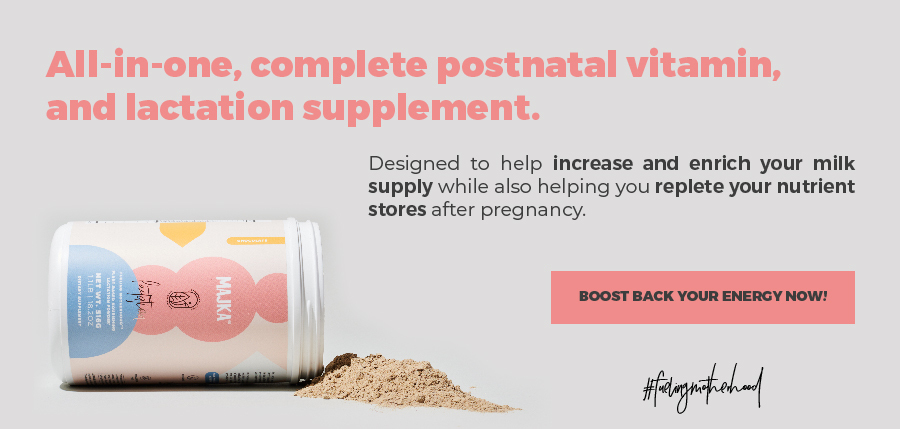
Creating a birth plan is essential when preparing for your birth and the postpartum stage. A birth plan allows you to step back and evaluate what is important to you and what you envision for your journey. It also allows anyone serving at or attending the birth to have an understanding of how to come alongside you and serve you! In this article, we hope to inform you more on the topic of a birth plan, the many options available to you during labor and delivery, and what this means for you!
How do you prepare for the birth you desire?
A birth plan is a game plan for your birth. It enables others involved to be informed of your preferences and wants during this important moment of your life! A birth plan is normally created with the help of a doula or birthing team. Around 36 wks gestation (sometimes earlier) a meeting or even a coffee chat should be held to discuss the birth plan. This is optimal as it is a special space to dive into all possible options and outcomes/risk factors associated with them. Here are some topics to discuss at the birth plan meet!
Birth Plan topics:
The layout:
- Who will be present at the birth?
- Where is the birth?
- Who is on the birth team? (Midwife or OB, doula, photographer, etc.)
- Setting? (Oils, music, affirmations, lighting, etc.)
The envisioned labor:
- Medicated or unmedicated?
- Tools? (Birth ball, rebozo, birth stool, massage, medication, etc.)
- Water or land birth?
- Who’s catching the baby?
The postpartum plan:
- Immediate skin to skin or newborn check?
- Cord clamp or delay?
- Care in the postpartum period? (Different with each setting)
- Establishing feeding with your new baby.
- Establishing sleeping with your baby!
What happens if your plan changes?
It is important for you to know that sometimes things change, and they may even be beyond your control. Talk through possible emergent scenarios with your team. It can be hard to discuss, but having a plan in place can help ease stress or worries if something comes up. And always remember that if things don’t go as planned, it doesn’t mean you failed or made a wrong move. Giving birth is an incredible experience and each one is different and unique!
Here is a list of emergency scenarios to talk through and decide each person’s role in the event that they happen:
- Early/preterm labor
- Emergency c section due to health of mother or baby
- Hemorrhaging during delivery or postpartum
- Baby is born and needs resuscitation, etc.
Having your team on the same page allows you the freedom to be present!
Home birth vs hospital birth?
The type of birth you decide to have will cause a shift in topics of discussion during your birth plan meet. Let’s talk about a home birth vs a hospital birth as well as the possible cons involved with each.
Home birth:
- A midwife usually leads the birth team.
- A birth doula may be present.
- Any additional people the mother requests will be present.
- Typically, unmedicated, (unless use of emergency meds is required)
- Provides an intimate, customizable space to labor and deliver in.
Possible cons involved:
- Emergent events where medical intervention is necessary will lead to a hospital transfer as certain care is not available at home.
- You may decide to opt for pain relief, but it is not available to you.
Hospital birth:
- An OB/GYN leads the team.
- A birth doula may be present.
- Any additional people the mother requests will be present.
- Can be medicated or unmedicated.
- Mother can make some requests to make the room more comfortable, (diffusers, lighting, music, number of people in the room, etc.)
Possible cons involved:
- Unwanted recommendation of medications/interventions if trying to go unmedicated (in some cases).
- Limited amount of people allowed in the room (in some cases)
- Less options for movement/ freedom during labor (dependent on the case/ medication involved)
What will you choose?
When deciding what type of birth you would like to have, it is important to have a team that is supportive of you! You know what is best for you and your baby, and having people surrounding you that affirm your options is key. Remember that this is a plan, but things can change. Don’t stress yourself with the details. Have fun with the planning by bringing in any personal details that are special and unique to you!
Today we talked about creating your birth plan, the pros and cons of differing types of births, and the importance of you deciding what is best for you and your baby. I hope this article helps you prepare for your journey!
In Breastfeeding 101, we hope this article helps you to know more about birth plans and how to form them. We invite you to follow all of our content to learn more about your birth and postpartum.
In the following, we share with you some sources that made this article possible so you can deepen more on this topic:
Avery Reckers





